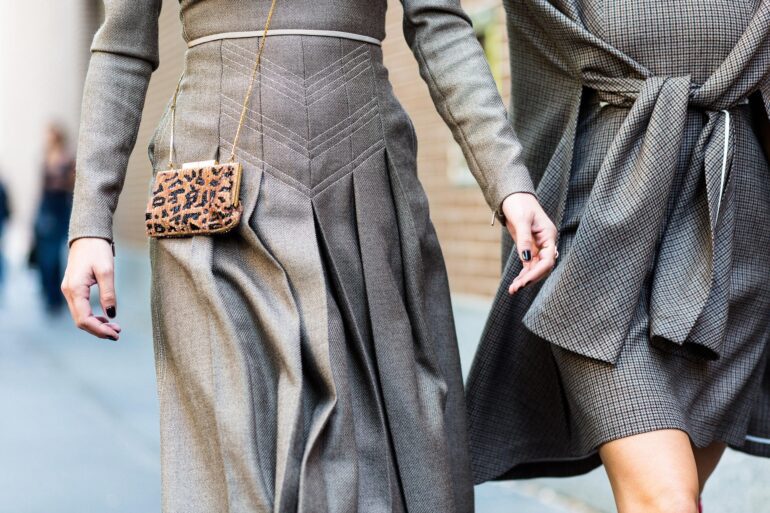TL;DR:
- AI Fashion Week showcases the latest in AI fashion design.
- 24 screens displayed runway images created using different imaging software, with some resembling traditional catwalk scenes and others seemingly taken in the desert or rainforest.
- The public can vote for their favorite collection via the AI Fashion Week website, and the top 10 will be evaluated by a panel of fashion experts.
- Foiret’s vision is to create a competition similar to the LVMH Prize, offering new designers the opportunity to break into the fashion industry through their unique aesthetics and ideas.
- Foiret believes that AI will soon be integrated into every aspect of the fashion industry and is equally interested in the creation of high-quality, Vogue-style images.
- For some participants, AI Fashion Week provided an opportunity to delve deeper into the fashion industry.
- Dmitrii Rykunov’s collection was a dreamy unisex line featuring soft suiting separates in floral prints.
- Rachel Koukal’s collection showcased a size and body-inclusive lineup of curvy models wearing a mix of futuristic body-con silhouettes and tech-fabric jackets and pants.
- Koukal became disillusioned with the fashion industry’s lack of diversity and saw the competition as a chance to complete a project using Midjourney to imagine any body type she wanted.
- Koukal’s approach to creation is personal and reflective, using her own images and prompts to collaborate with herself and the collective consciousness of humanity.
Main AI News:
The rise of artificial intelligence technology has sparked a gold rush that’s rapidly approaching the excitement of the dot-com boom. The allure of the metaverse and AI has captured the attention of many, who are drawn to the new and shiny. As the founder of Maison Meta, an AI creative studio, Cyril Foiret embodies this spirit.
Recently, Foiret launched AI Fashion Week at New York’s Spring Studios, showcasing the latest in AI fashion design. 24 screens displayed a range of runway images created using different imaging software, with some resembling traditional catwalk scenes and others seemingly taken in the desert or rainforest.
Industry insiders, media, competitors, and the general public gathered to view the images and vote for their favorite collection via the AI Fashion Week website. The top 10 collections will then be evaluated by a panel of fashion experts, including Dame Pat McGrath, Tiffany Godoy of Vogue Japan, and Erika Wykes-Sneyd of Adidas Studio Web3, who will choose the three winning designs to be produced and sold by Revolve in the real world.
Foiret’s vision is to create a competition similar to the LVMH Prize, offering new designers the opportunity to break into the fashion industry through their unique aesthetics and ideas. He believes that AI will soon be integrated into every aspect of the fashion industry, and AI Fashion Week is a step towards bridging that gap. Foiret is equally interested in the creation of high-quality, Vogue-style images, encouraging participants to also submit street-style or backstage images to further showcase their vision.

Looks from Dmitrii Rykunov’s floral unisex collection. Source: Courtesy of Dmitrii Rykunov
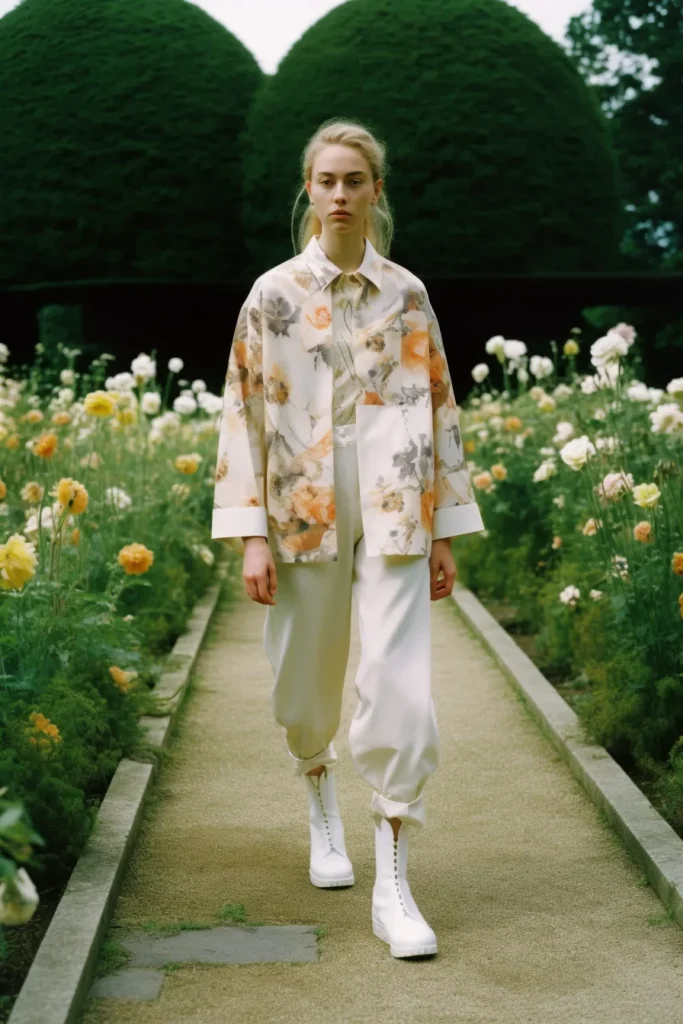



Source: Courtesy of Dmitrii Rykunov
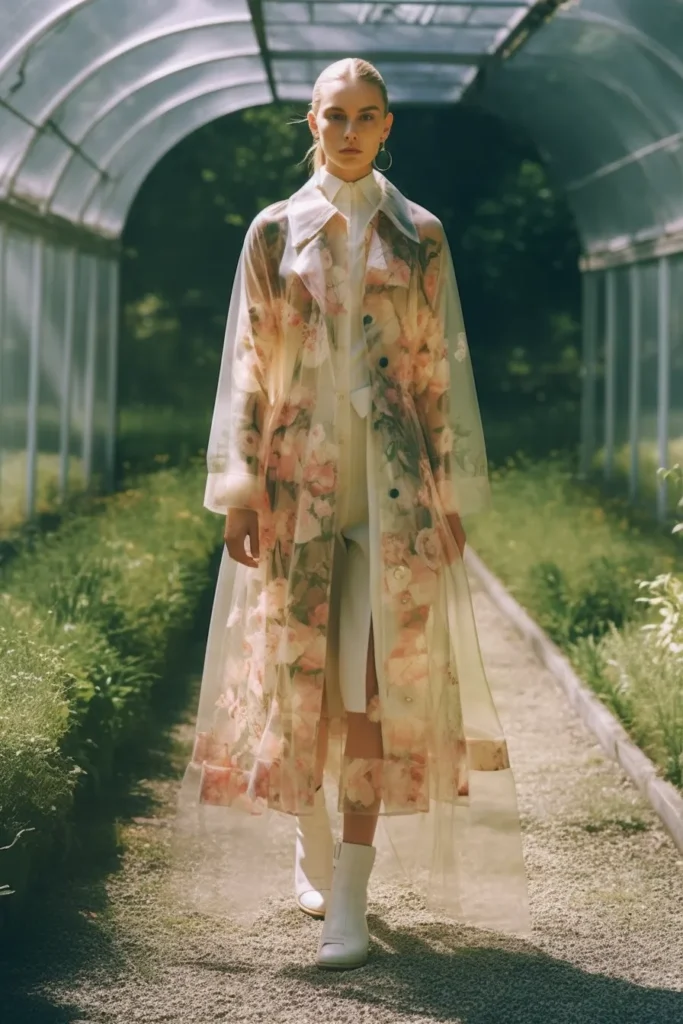



Source: Courtesy of Dmitrii Rykunov
For some participants, AI Fashion Week provided an opportunity to delve deeper into the fashion industry. Dmitrii Rykunov’s collection, “Blooming Garden,” was a dreamy unisex line featuring soft suiting separates such as floral-printed jackets, kimonos, high-waisted pants, and sheer trench coats. Rykunov, who works in management consulting, approached the collection with a garment-first mentality, reading fashion design books and providing Midjourney with detailed descriptions of the patterns and designs. He hopes to launch the collection as a made-to-order operation, leveraging the consistent style generated by AI tools to offer customers unique garments.
Rachel Koukal’s “Soft Apocalypse” collection showcased a size and body-inclusive lineup of curvy models wearing a mix of futuristic body-con silhouettes and tech-fabric jackets and pants. A graphic designer and art director, Koukal became disillusioned with the fashion industry’s lack of diversity and saw the competition as a chance to give herself a deadline to complete a project. She used Midjourney to imagine any body type she wanted and was one of the few designers who took advantage of the software’s ability to create anything imaginable.
Despite the AI Fashion Week website suggesting models could “be aliens,” most collections were presented on very thin, predominantly white models. Koukal’s approach to creation is personal and reflective, using her own images and prompts to collaborate with herself and the collective consciousness of humanity. She sees the use of AI tools as a means of exploring new ideas and pushing creative boundaries.




Looks from Rachel Koukal’s Dune-inspired collection. Source: Courtesy of Rachel Koukal
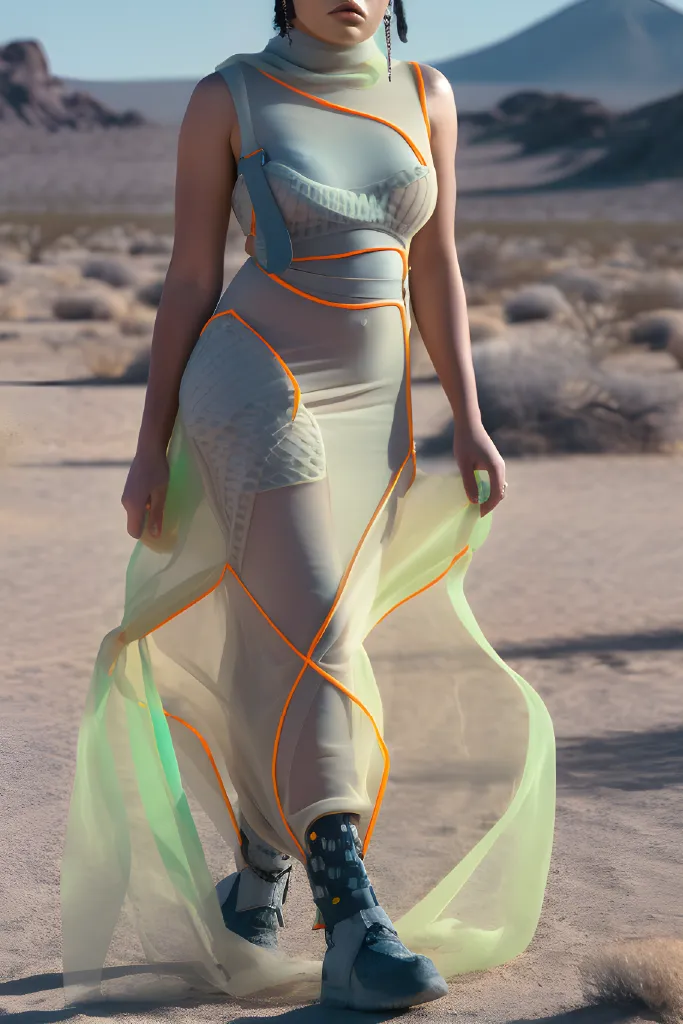



Source: Courtesy of Rachel Koukal
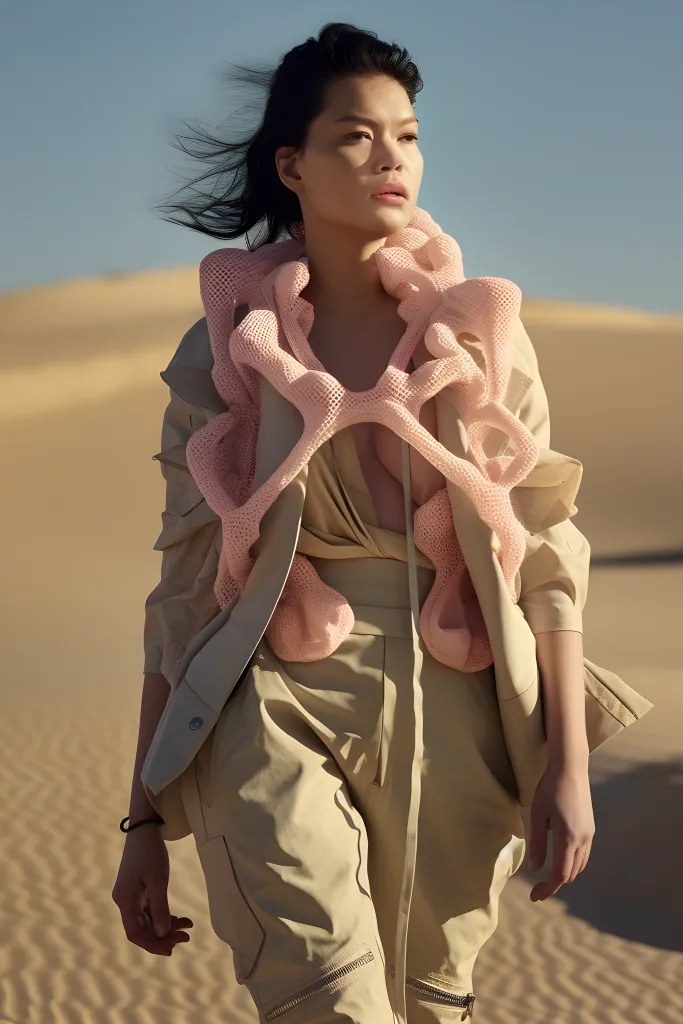



Source: Courtesy of Rachel Koukal
Conlcusion:
The launch of AI Fashion Week signals a growing interest in the integration of artificial intelligence technology into the fashion industry. The event serves as a platform for new designers to showcase their unique aesthetics and ideas and highlights the potential for AI tools to offer a new level of customization and diversity in fashion design. The competition format, similar to the LVMH Prize, suggests a growing recognition of the value of AI-generated fashion designs and the potential for these designs to enter the mainstream market.
The strong turnout and interest from industry insiders and the general public demonstrate a growing appetite for AI-generated fashion and a potential opportunity for growth in this area. Overall, the launch of AI Fashion Week provides a glimpse into the future of fashion and the role of AI in shaping the industry.

